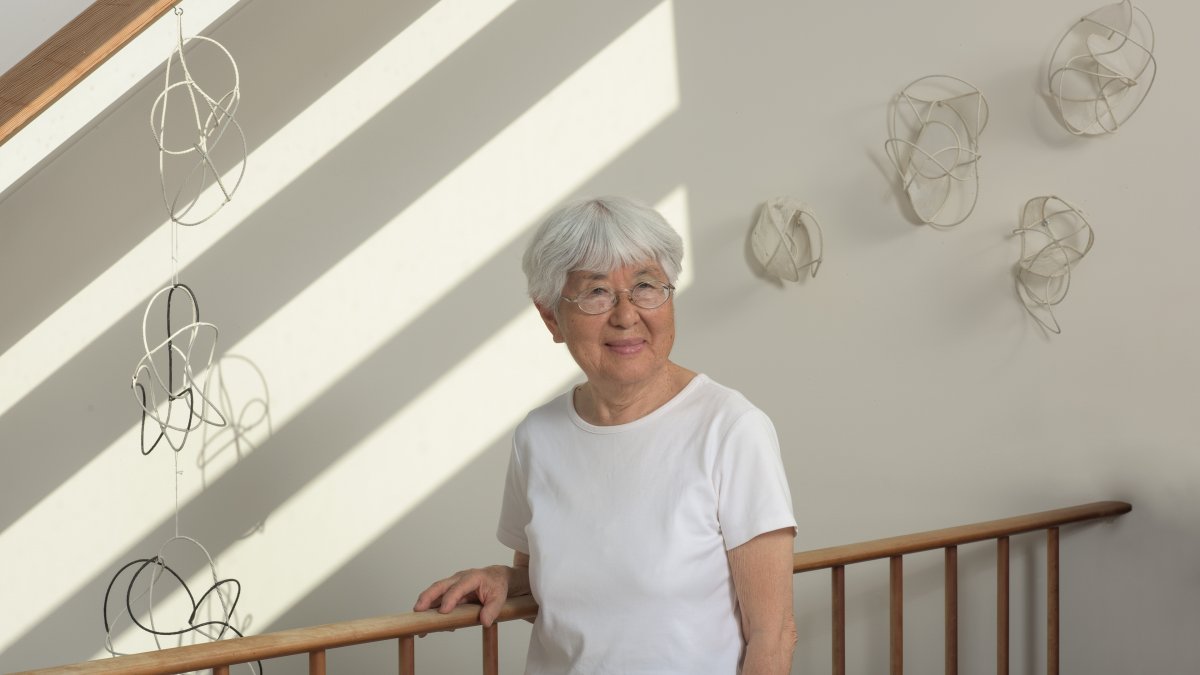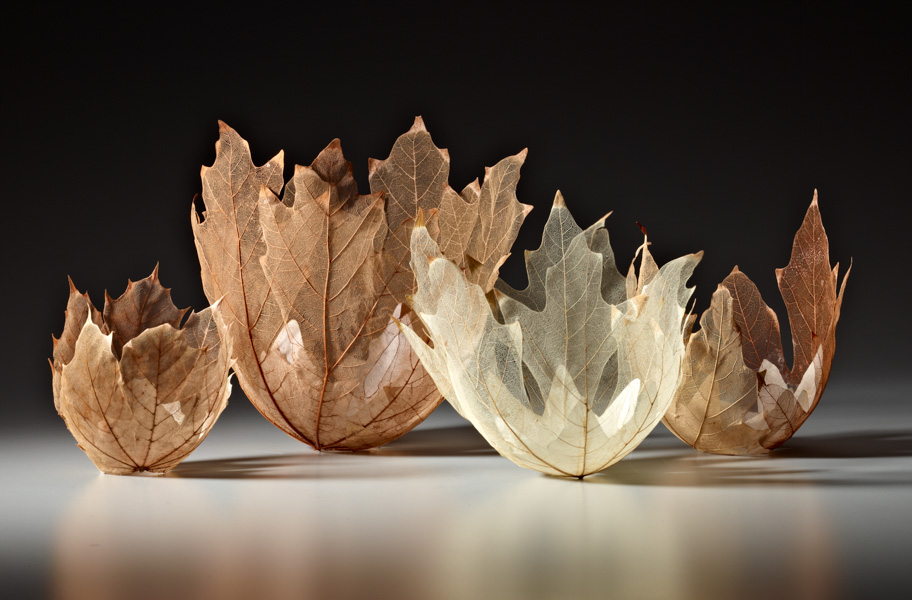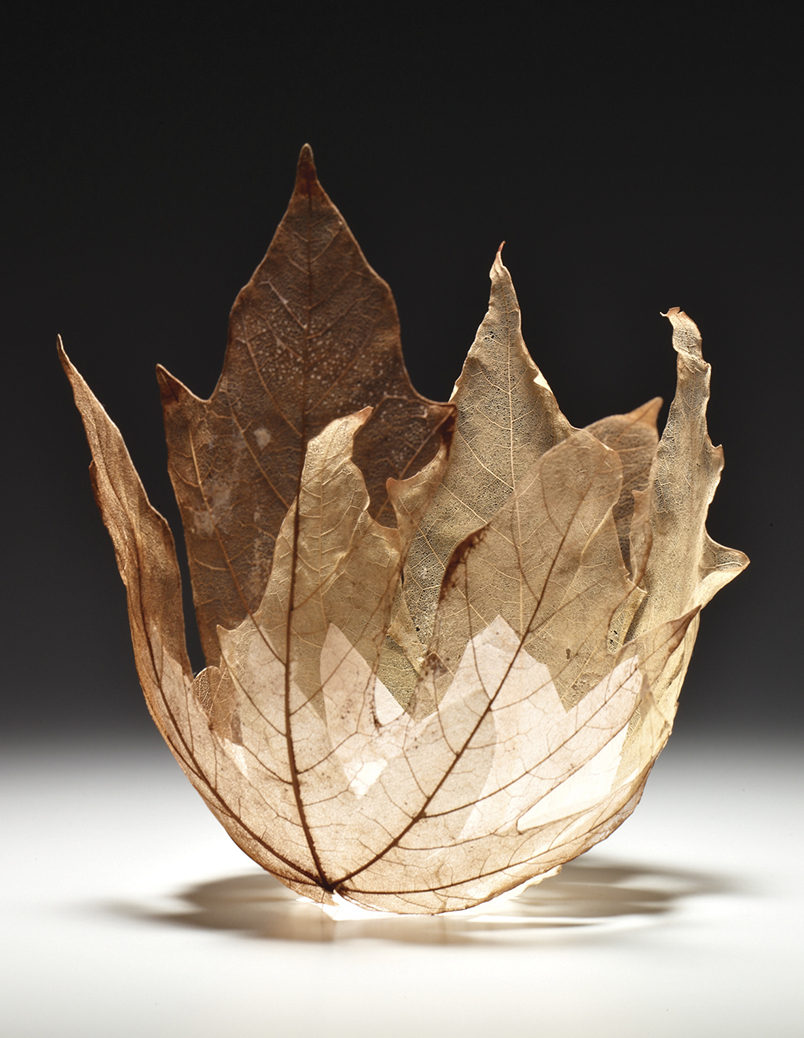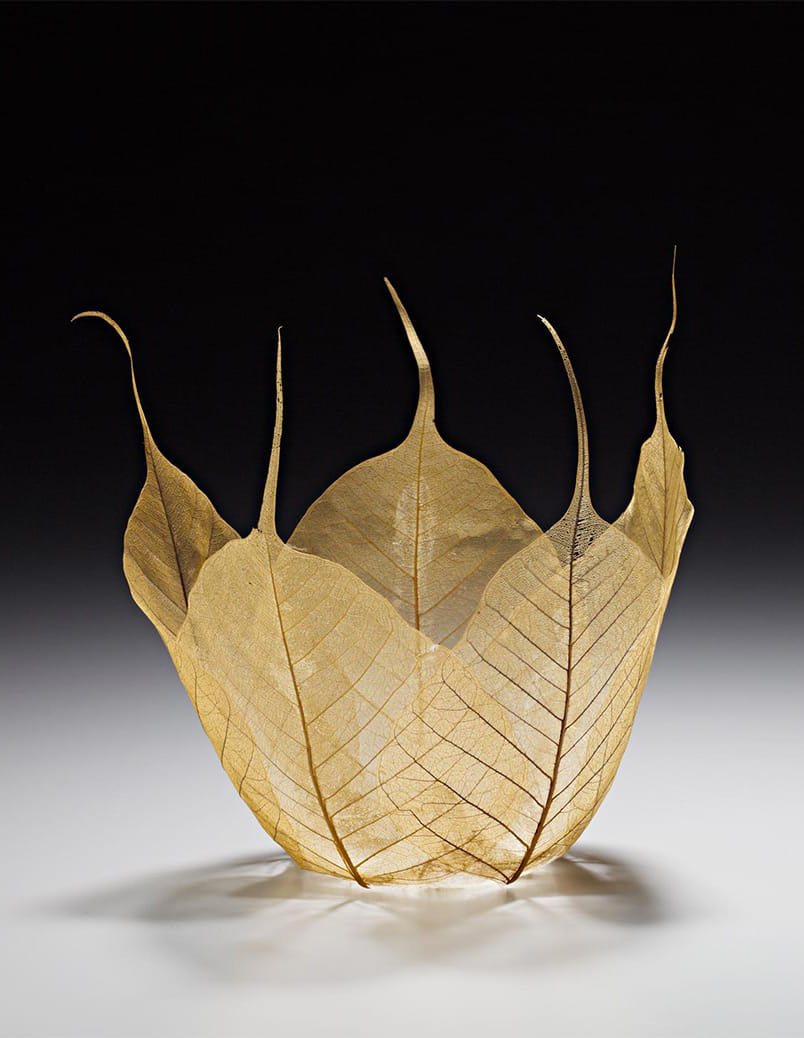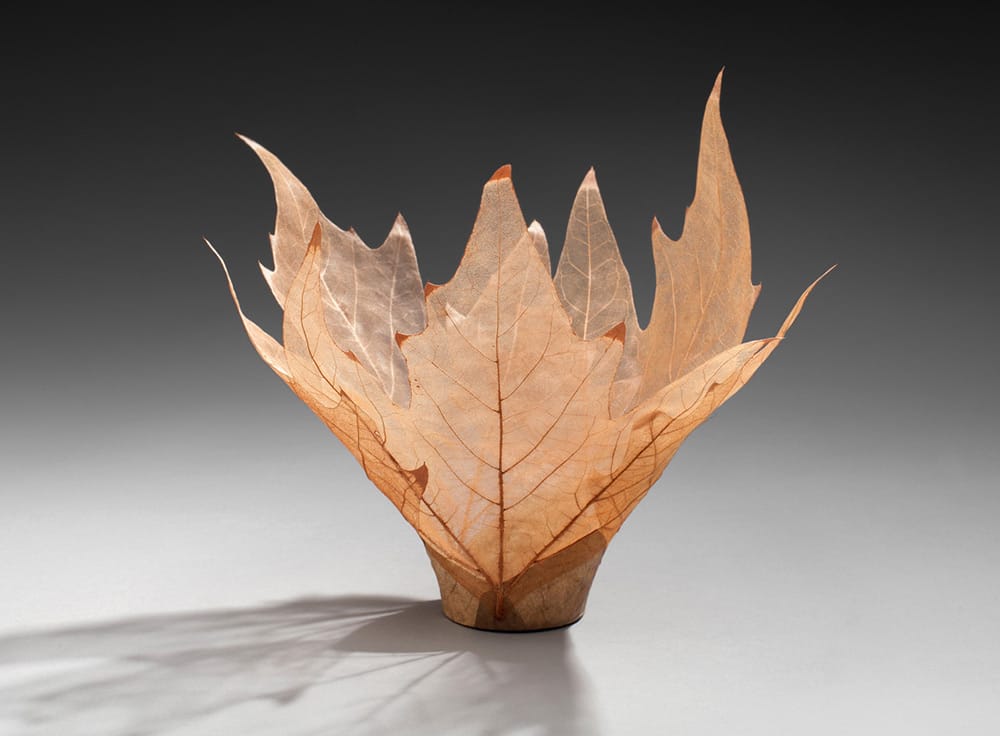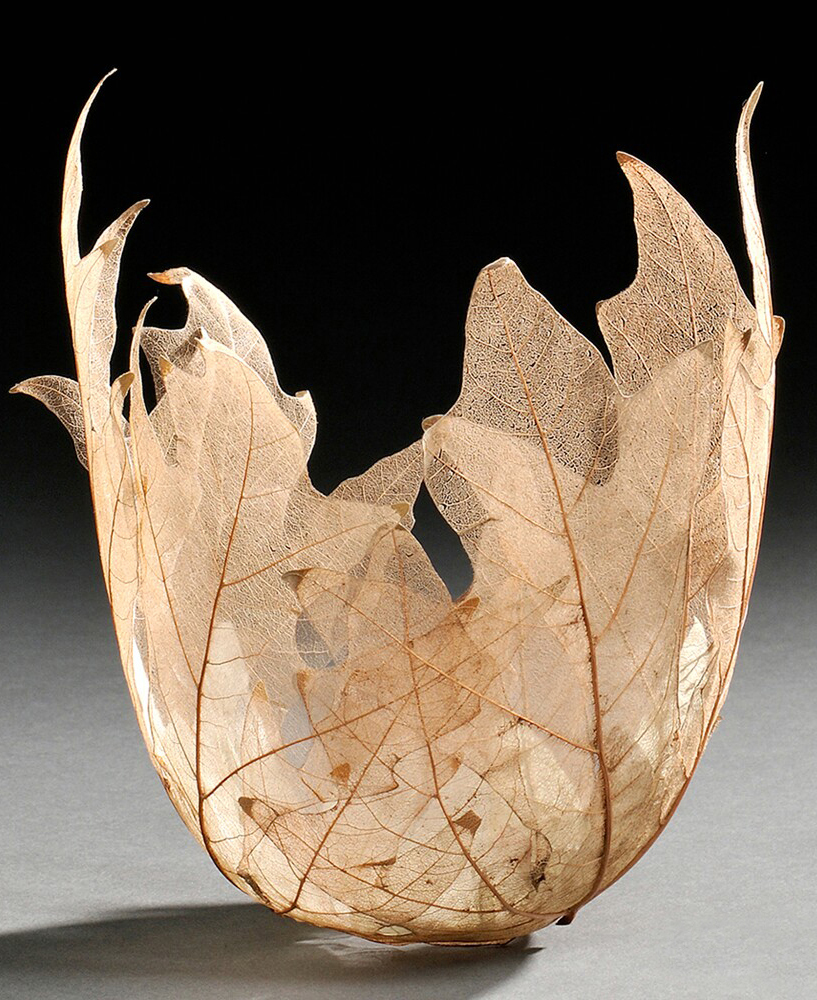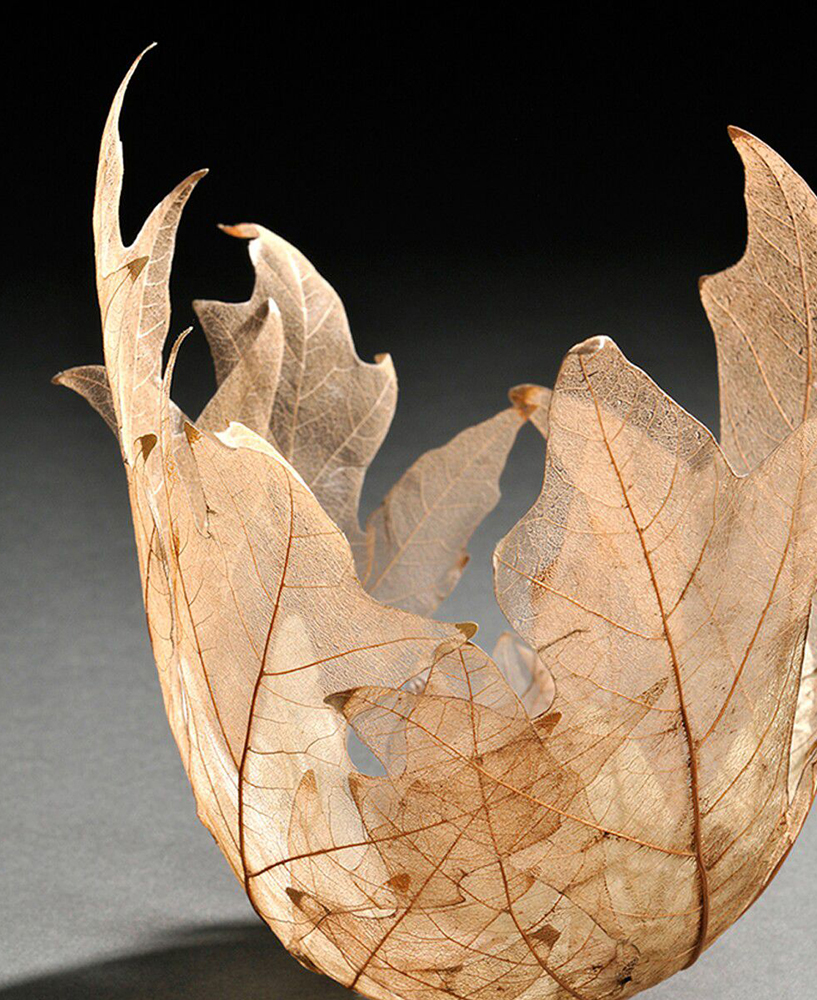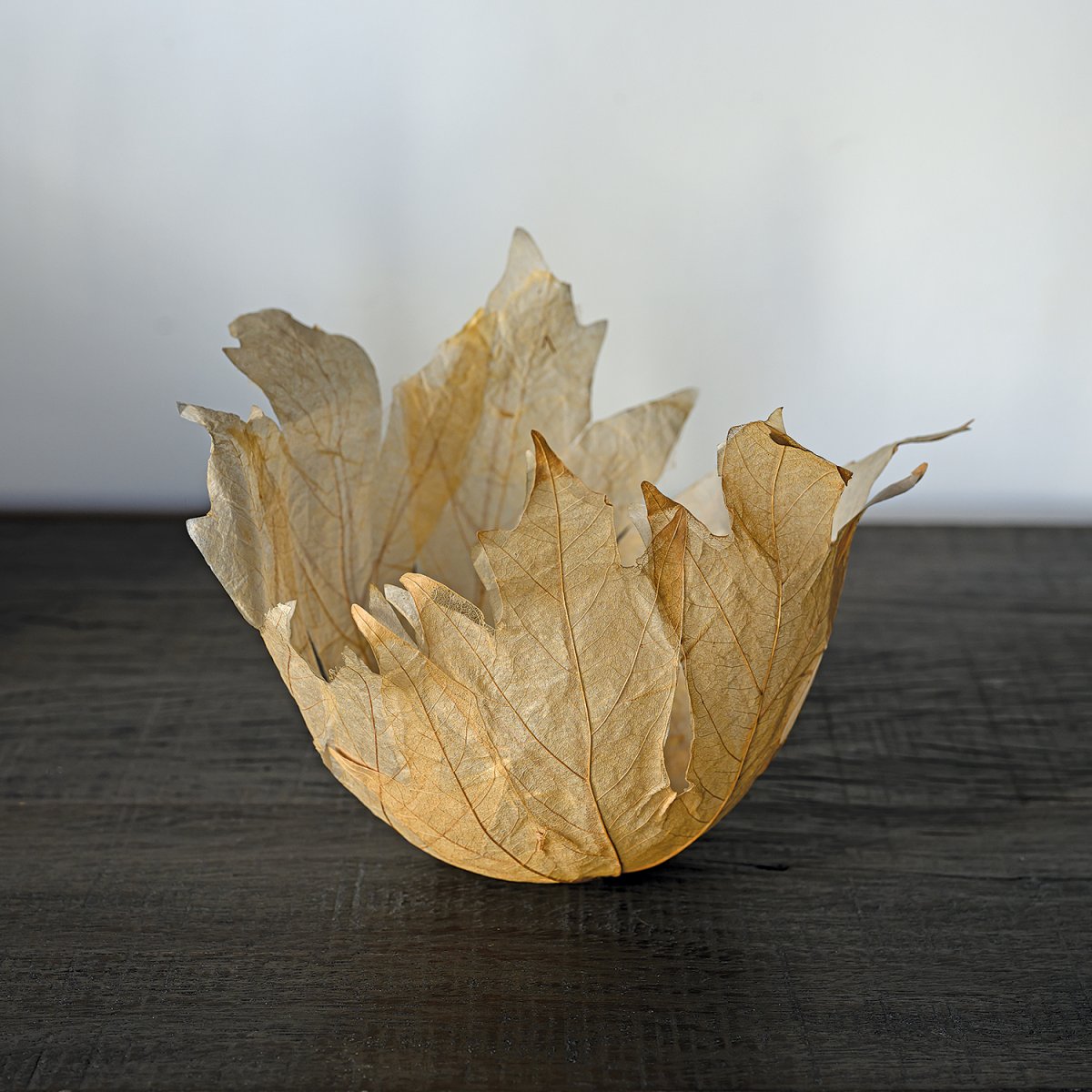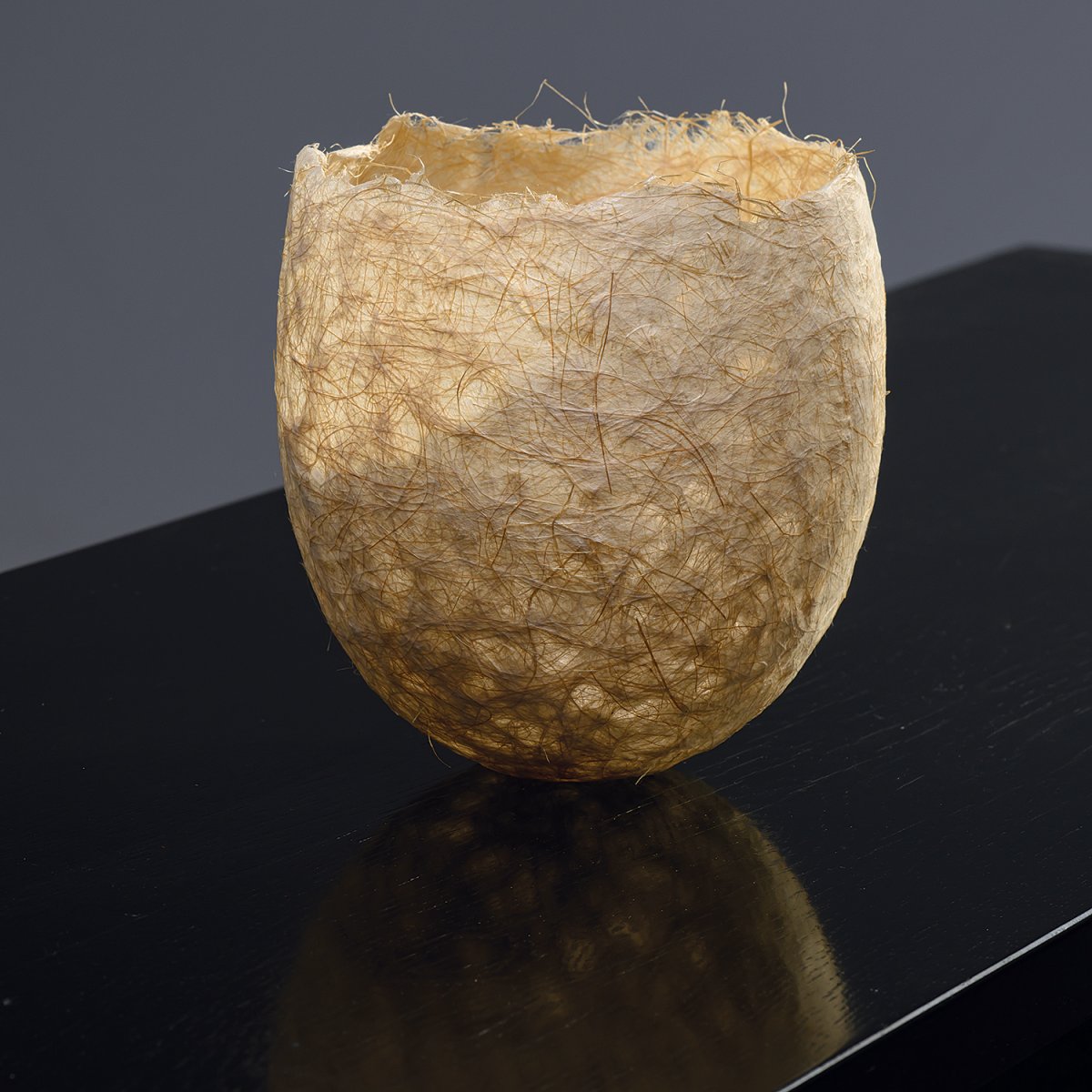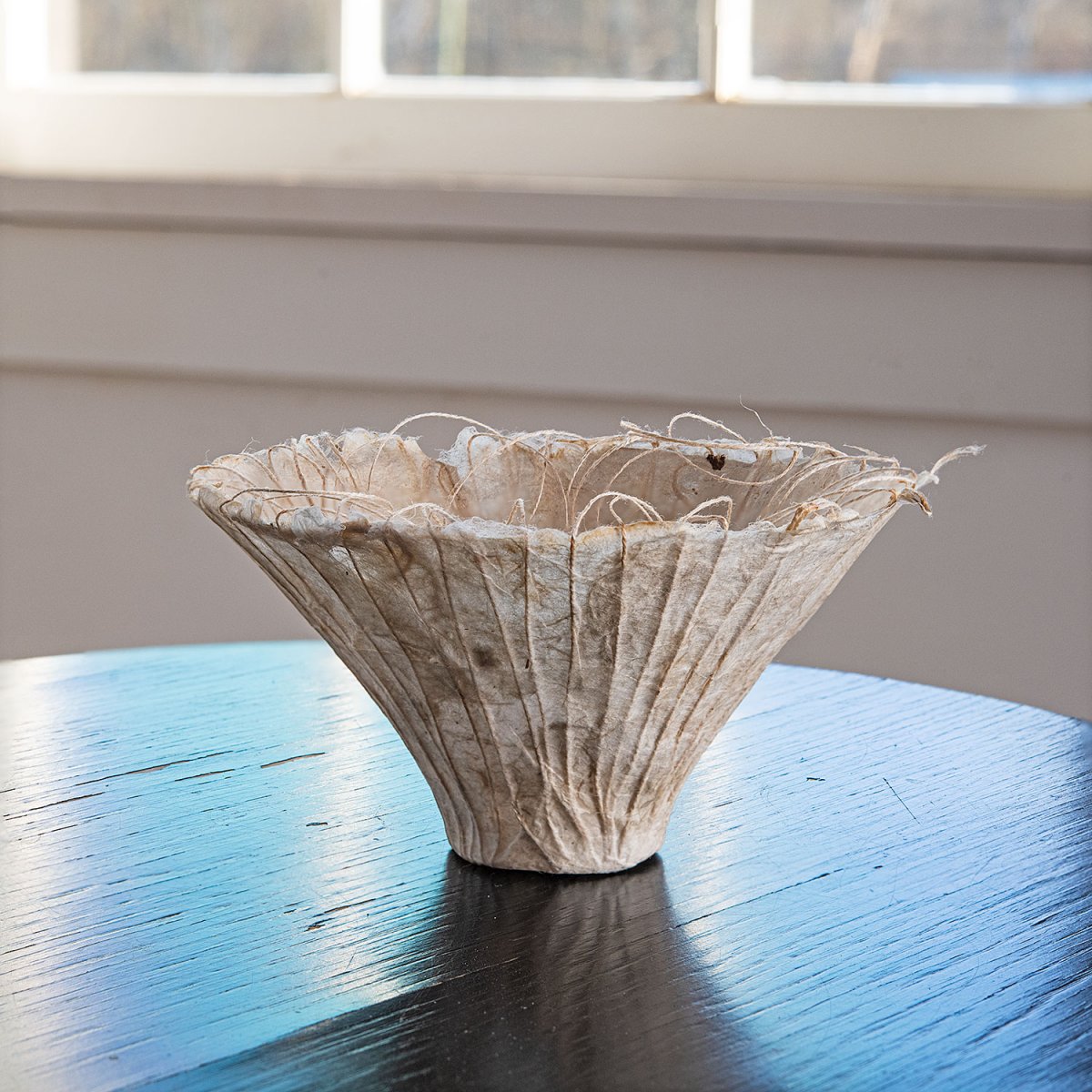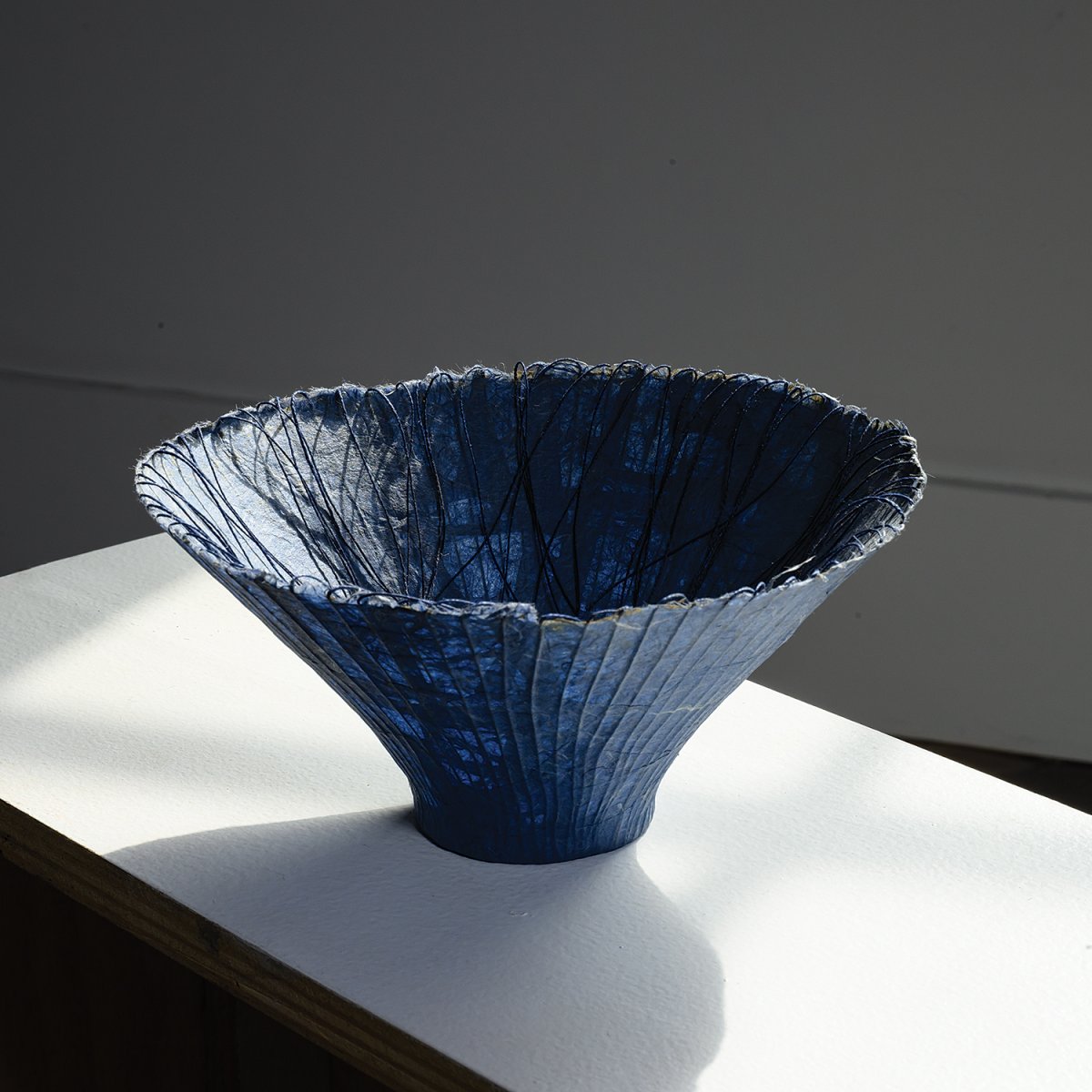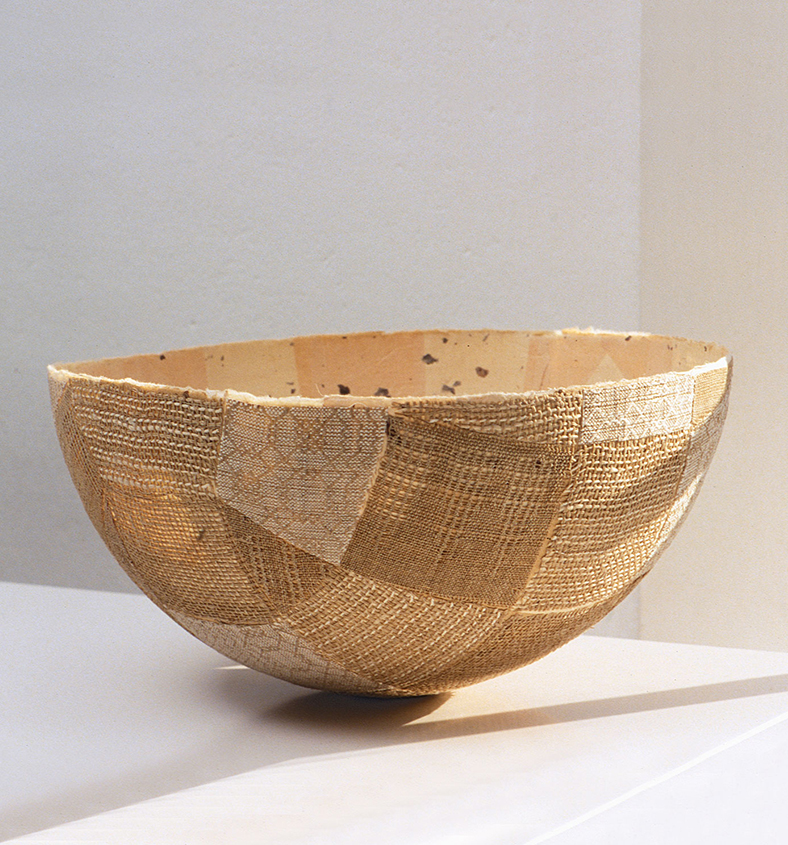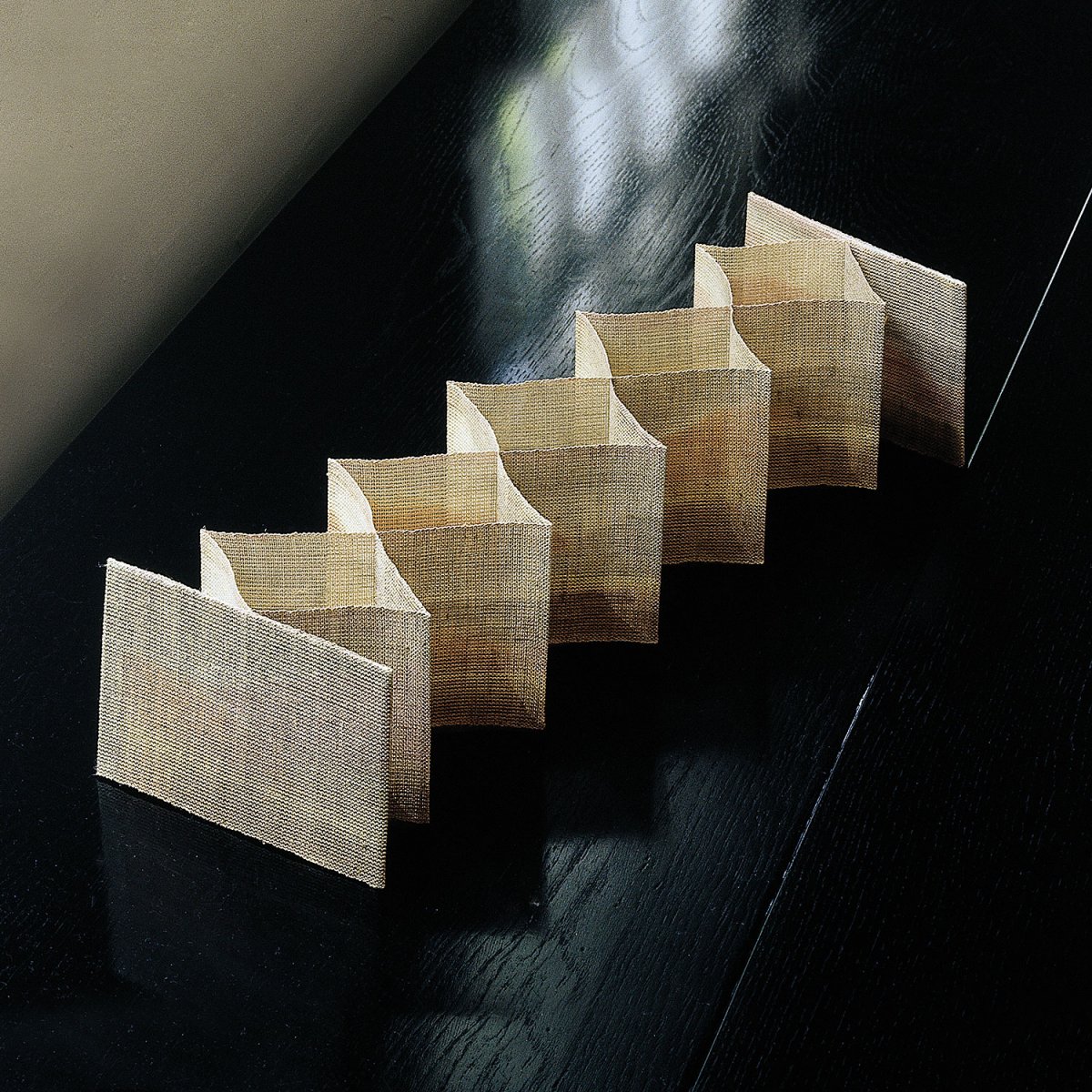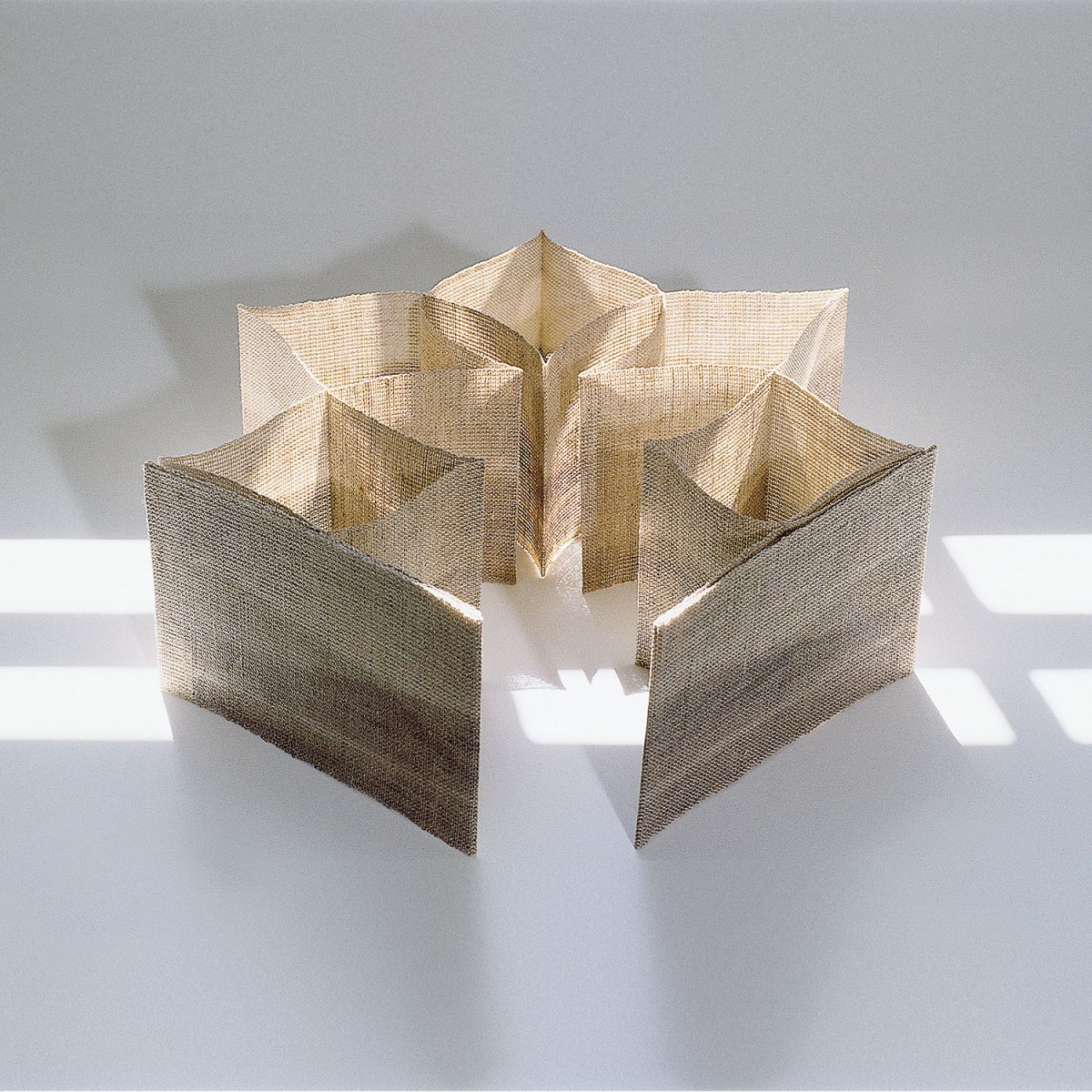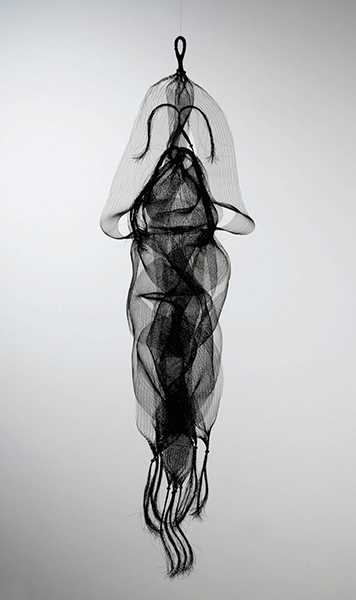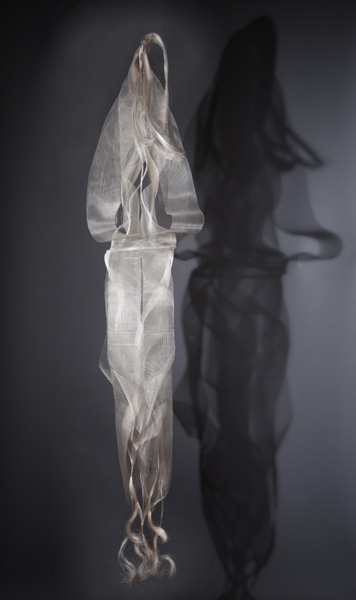
Kay Sekimachi
Art has always been a major source of inspiration in my life, in all its forms.
Kay Sekimachi is recognized as a pioneer in the resurrection of fiber and weaving as a legitimate means of artistic expression. She is known as a“weaver’s weaver”for her unusual use of a 16-harness loom in constructing three-dimensional sculptural pieces. In the early 1970s she used nylon monofilament to create hanging quadruple tubular woven forms in an exploration of space, transparency, and movement. Sekimachi’s primary sources of inspiration are the shapes, forms and natural colors gleaned from her Japanese heritage. She attended the California College of Arts and Crafts (CA), where she studied with Trude Guermonprez.
During the 1960s and 1970s, the fiber art movement gave textile traditions new expression, pushing them into the realms of sculpture, installation, and performance art. Throughout her six-decade-plus career, Sekimachi has explored the infinite possibilities of the double weave, a technique in which she used one warp to produce two-layer cloth and three-dimensional forms. Kay Sekimachi pieces claim ethereal movement, like a still life of jellyfish. They hold themselves in such a feminine space, round and fluid.
Kay Sekimachi’s objects are at once simple yet crafted with astounding detail. Her work, which started as weavings and wall hangings, has evolved into many different and distinct permutations. She often creates new versions of familiar shapes and forms, such as her woven boxes, which she began making in the 1970s, or her ethereal flax and loosely woven baskets and bowls.
- Art: Kay Sekimachi

